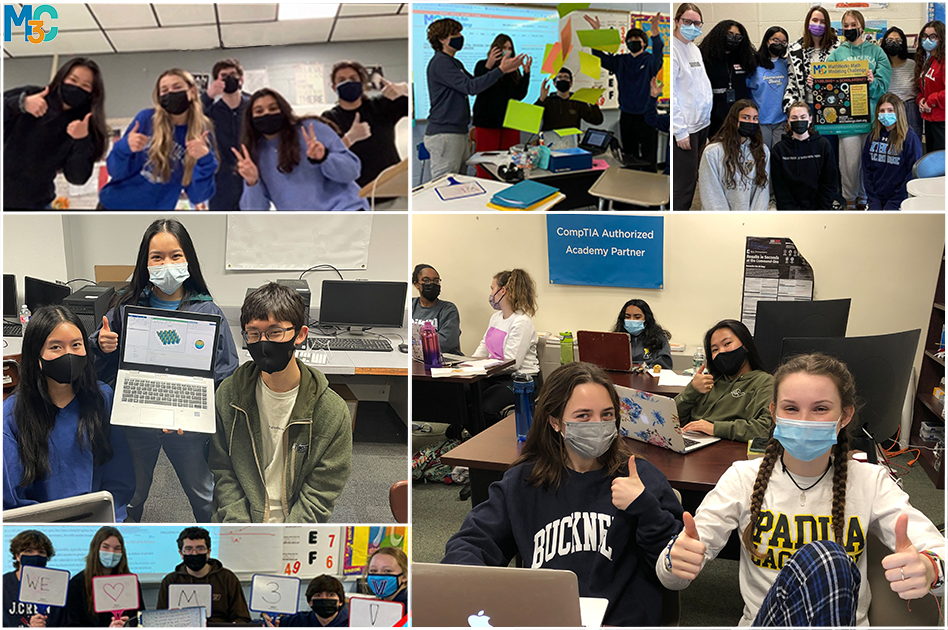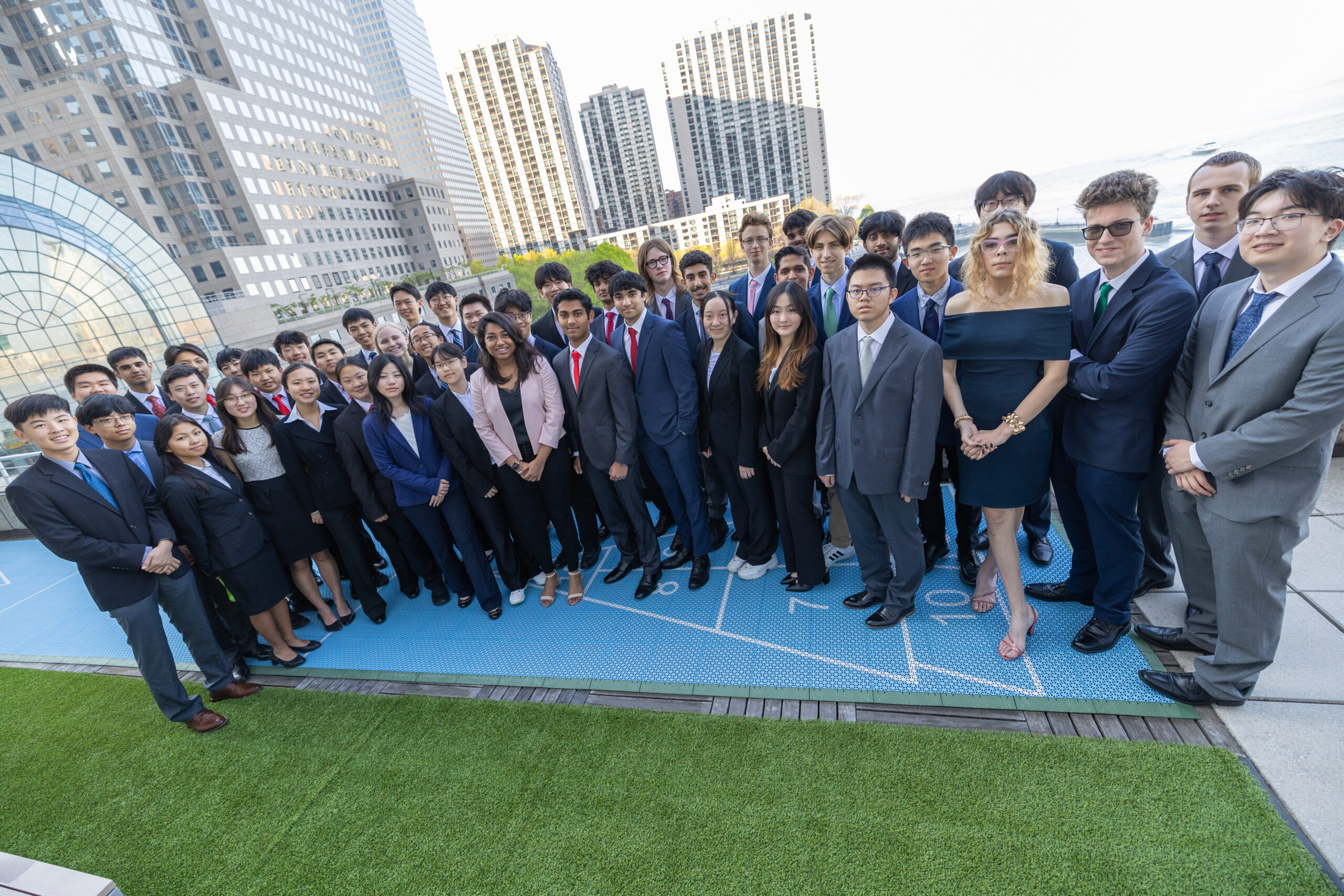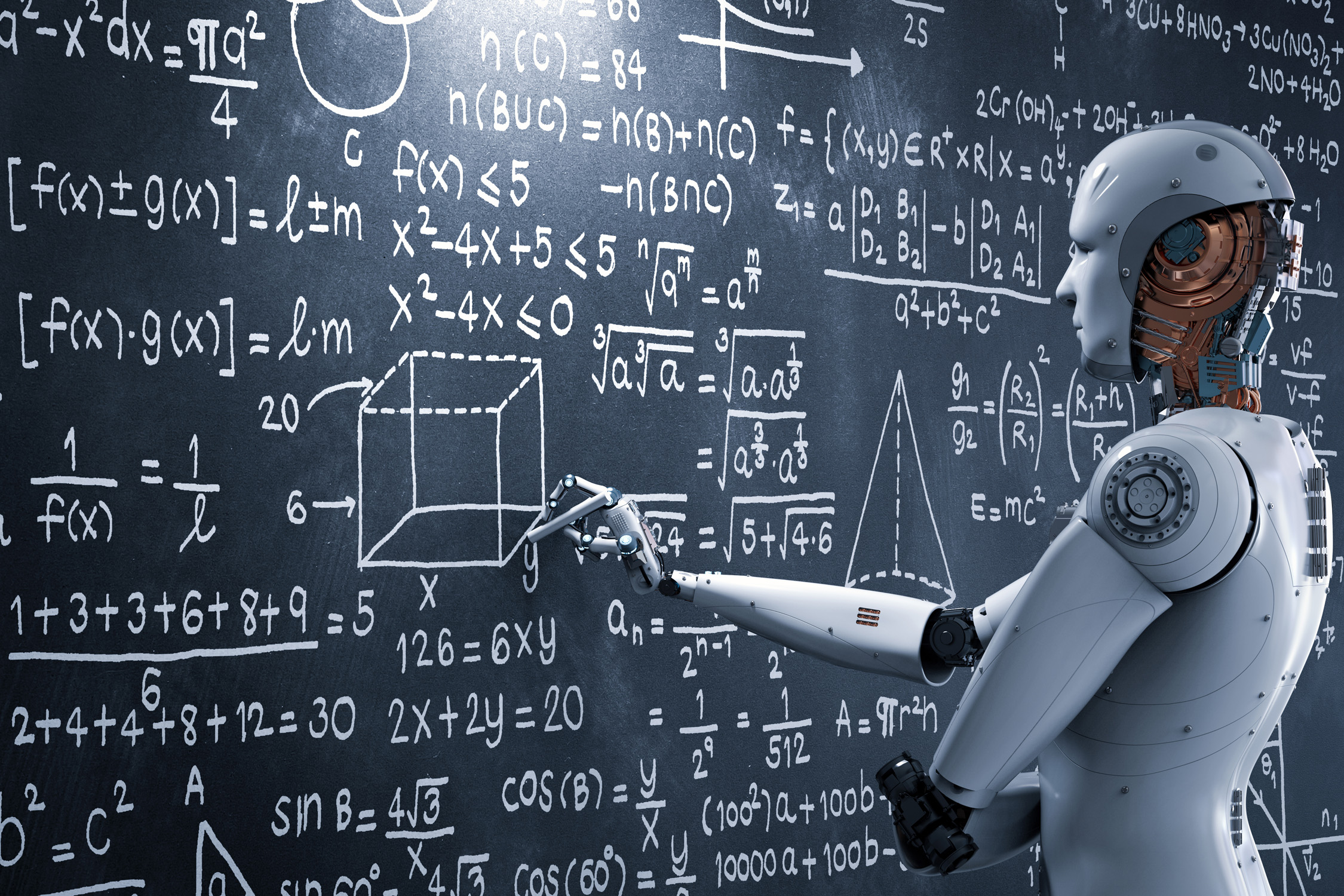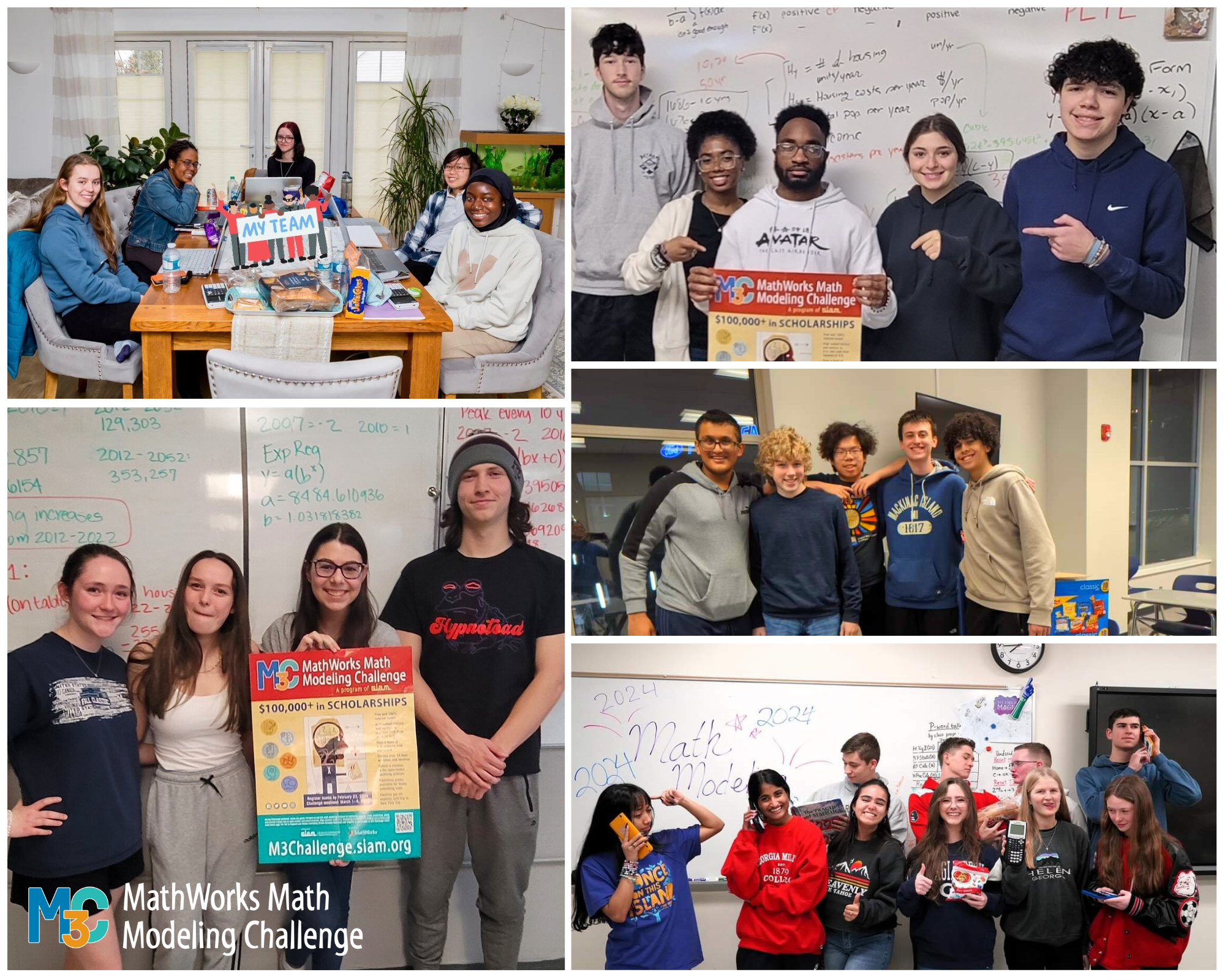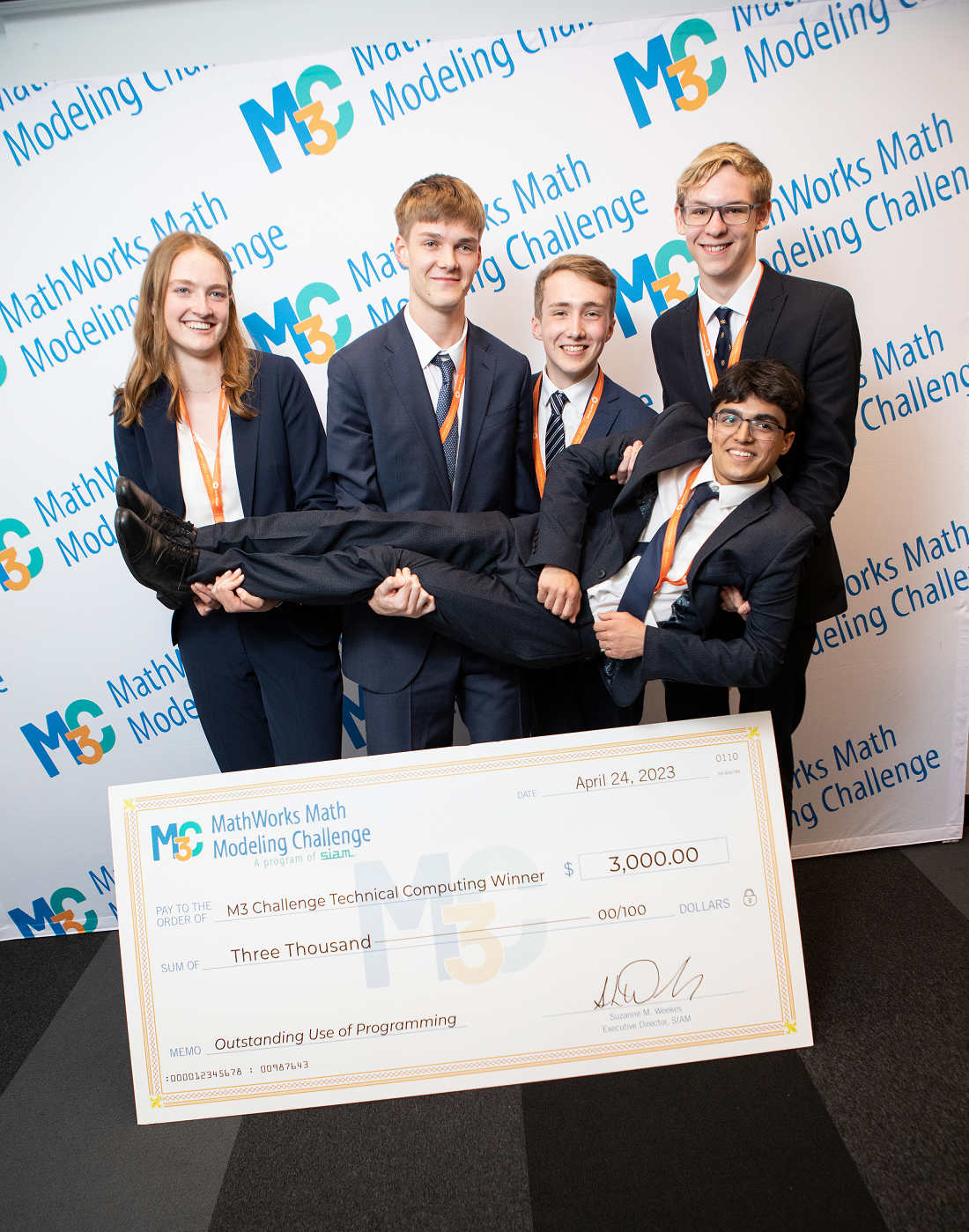E-bikes are everywhere, providing people with a fast, reliable transportation option that comes without the worry of timing public transit, the nuisance of parking, or the stress of traffic. And while they may be more commonly seen in urban areas, or in countries where car ownership is rare, some policy makers see potential for e-bikes to become part of a more sustainable energy plan, getting more cars off the road. Some may even consider tax incentives around e-bike use and investing in more bike lane development.
How many e-bikes will be sold in the next two years? Of the many factors that contribute to e-bike use and sales growth, which are most significant? For a given country or region, can we quantify the impact that e-bike use has on carbon emissions, traffic congestion, or other key factors?
These issues and questions were examined by 650 teams comprised of 2,950+ students as part of this year’s MathWorks Math Modeling Challenge (M3 Challenge). Teams that submitted a solution paper before time ran out are in contention to win part of $100,000+ (£75,000) in scholarships. A program of Society for Industrial and Applied Mathematics (SIAM), M3 Challenge is designed to motivate students to study and pursue careers in applied mathematics, computational science, data science, and technical computing.
During the intensive M3 Challenge weekend (March 3-6), teams of high school juniors and seniors across the United States and its territories and sixth form students in England, Wales, and British schools overseas used mathematical skills, research, and brainstorming to evaluate data and propose answers to the questions about e-bike sales, usage, and impacts. Teams had to submit their solutions within the 14 consecutive hour time limit, akin to the way things often happen in the real world.
“The thing that sets M3 Challenge apart is there is no ‘one’ correct solution,” says Yaritza Zecua-Herrera, a high school senior at Sacred Heart Academy in Hamden, Connecticut. “Everyone models the same problem in different ways, each team considering unique variables and factors, since we have free reign on how to approach the problem.”
As Challenge weekend ended Monday, judges looked forward to seeing the creative ways teams used data to predict and model e-bike use. “News feeds, magazines, and everyday discussions seem to be filled with talk of ‘the future of the automobile,’ says M3 Challenge judge and lead problem developer Dr. Neil Nicholson, Professor of the Practice at University of Notre Dame. “In the past couple years, though, the rise in popularity of smaller electric personal transportation devices has somewhat changed the conversation. While these changes can be meaningful at the individual level, they also are shaping larger scale policy-related questions. It is going to be really interesting to see how the students attack these questions, because understanding how the past influences the future will surely provide insight into those big real-world issues.”
While many students are motivated by the chance to win scholarship money for college, some are happy to compete simply because it is rewarding and fun. “I really enjoyed the competition because it makes you combine your intelligence and skills with that of your teammates to create a model – almost like a corporate team working to develop a projected analysis for sales. I feel like this competition prepares you for the real world,” says Victor Hernandez, high school junior at CAST STEM High School in San Antonio, Texas.
After two rounds of judging by more than 120 professional applied mathematicians over the next eight weeks, six finalist teams and three technical computing awardees will be selected to present their solutions to a panel of mathematical experts on April 24 in New York City, with their expenses paid by the M3 Challenge. In all, 37 teams will be recognized with scholarship prizes, with the champion team receiving $20,000.
View the 2023 problem statement and a list of participating teams.
Learn more about M3 Challenge.
About Society for Industrial and Applied Mathematics
Society for Industrial and Applied Mathematics (SIAM), headquartered in Philadelphia, Pennsylvania, is an international society of more than 14,000 individual, academic and corporate members from 100 countries. SIAM helps build cooperation between mathematics and the worlds of science and technology to solve real-world problems through publications, conferences, and communities like chapters, sections and activity groups. Learn more at siam.org.

